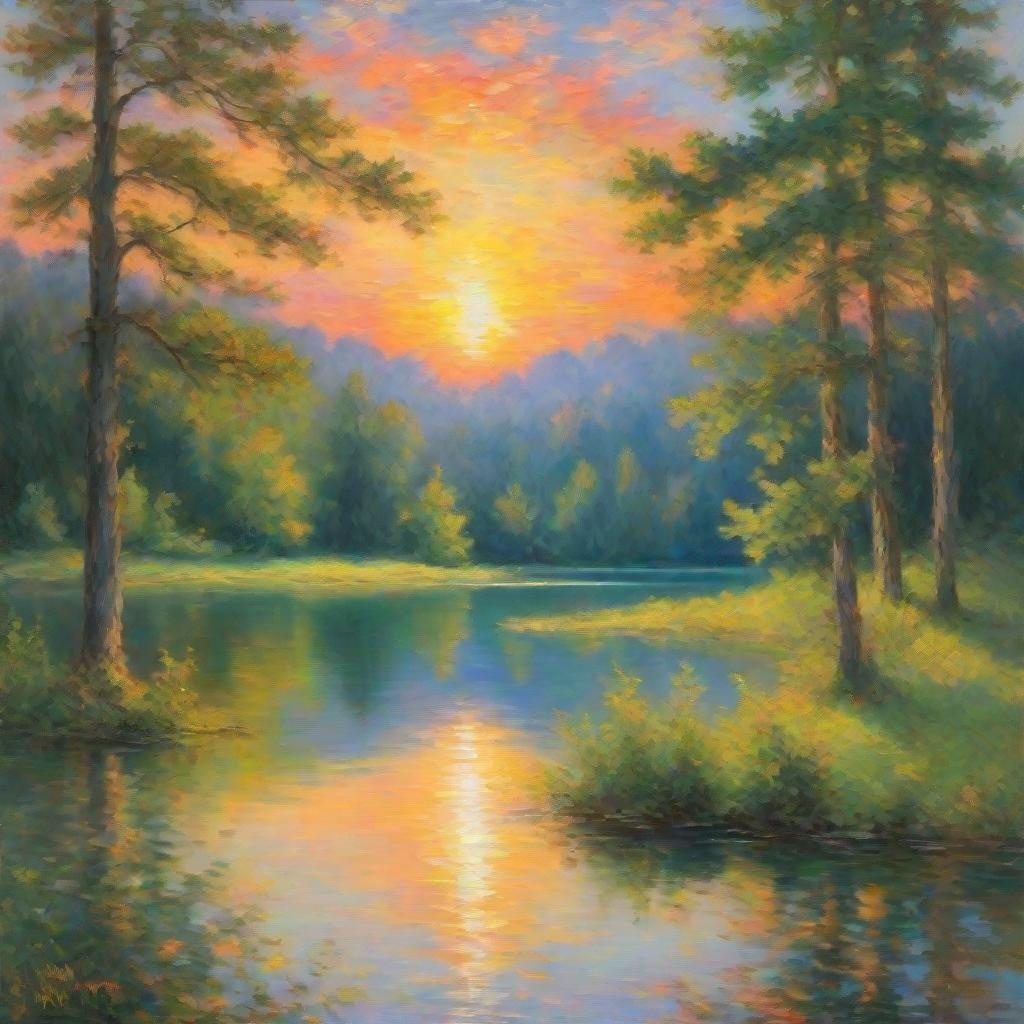Common Mistakes in AI Art Prompting: Complete Guide

Creating stunning AI-generated art can be an exhilarating experience. However, many users encounter common pitfalls when crafting prompts for AI art generators. This guide aims to identify and elaborate on these mistakes, enabling you to enhance your prompting skills and get the best results from your AI tools.
1. Lack of Specificity
One of the most frequent mistakes is making prompts too vague. AI models thrive on detailed instructions.
- Poor Prompt: "Draw a cat."
- Better Prompt: "A fluffy white Persian cat lounging on a sunny windowsill."
2. Ignoring the Art Style
The absence of a defined art style can lead to unsatisfactory outputs. Specifying the style you're interested in can dramatically change the result.
- Poor Prompt: "Create a landscape."
- Better Prompt: "A surreal landscape in the style of Salvador Dalí."
3. Overloading with Details
While specificity is important, overloading a prompt with too many details can confuse the AI and lead to chaotic results.
- Poor Prompt: "A warrior with a sword in a forest with trees, birds singing, and a river flowing under a white bridge, with a castle in the background."
- Better Prompt: "A solitary warrior standing in a tranquil forest, with a sword drawn amidst tall trees."
4. Neglecting Emotions and Mood
Art is often about emotion. Incorporating feelings into your prompts can greatly affect the final output.
- Poor Prompt: "A girl on a beach."
- Better Prompt: "A joyful girl dancing on a beach at sunset, her hair blowing in the wind."
5. Using Complicated Language
Overly complex or technical language can confuse AI models. Aim for clarity and simplicity in your prompts.
- Poor Prompt: "Utilize the juxtaposition of light and shadow to elucidate existential dread."
- Better Prompt: "A dark, moody painting that shows a person feeling lost in a storm."
6. Not Including Reference Images
Sometimes, a visual reference can help articulate your idea better than words alone. Utilize reference images whenever possible.
7. Failing to Experiment
Many users stick to what they think works without experimenting with different prompts. Be open to trial and error.
- Start with a basic prompt.
- Modify it by adding or removing details.
- Try different art styles or emotions.
Conclusion
In summary, effective prompting for AI art generation requires clarity, specificity, and a willingness to learn from mistakes. By avoiding these common pitfalls, you can vastly improve the quality of your AI-generated artworks.
"The only limit to AI art is your imagination." – Anonymous